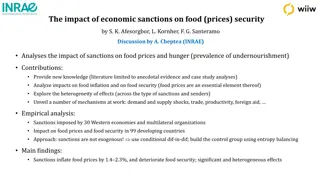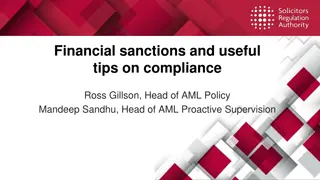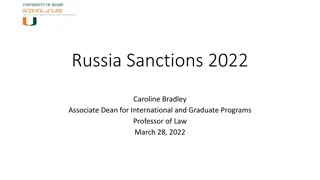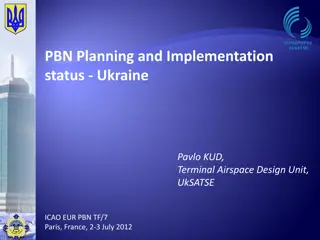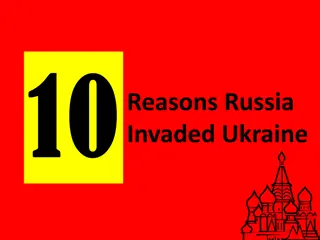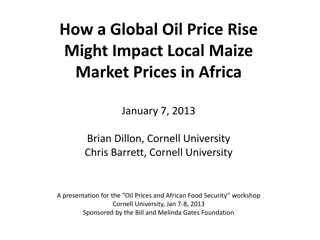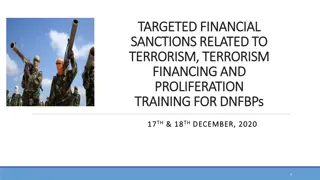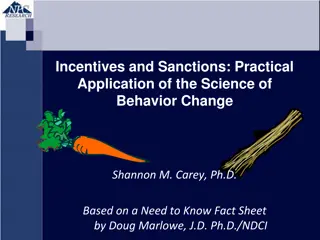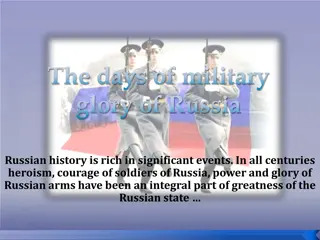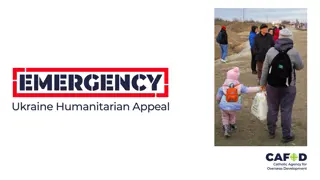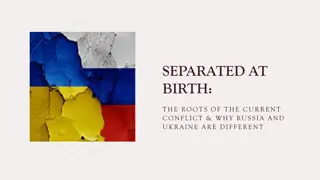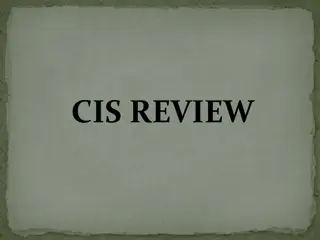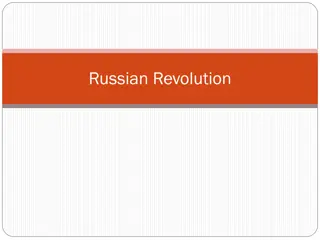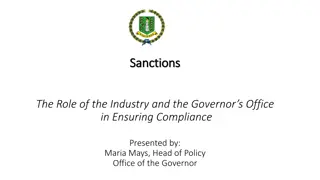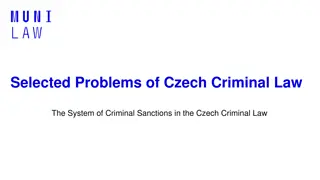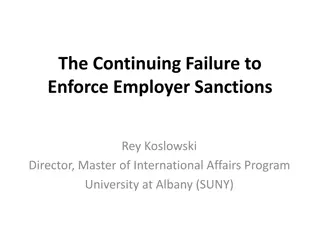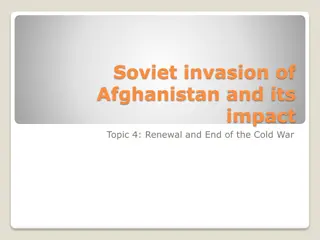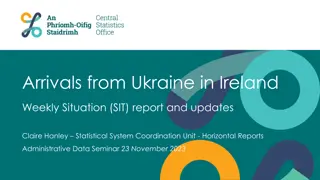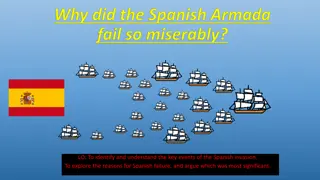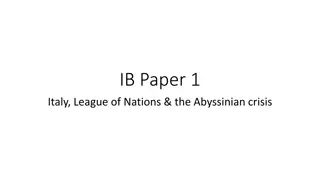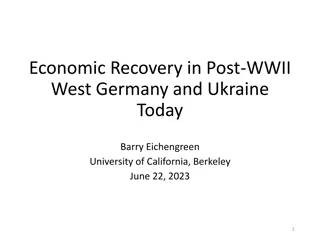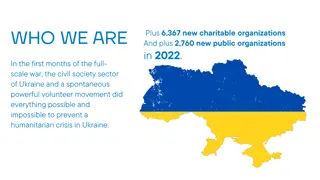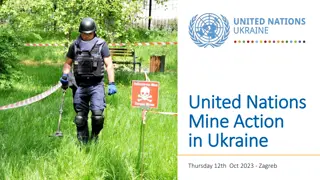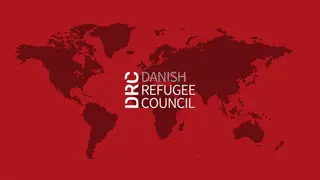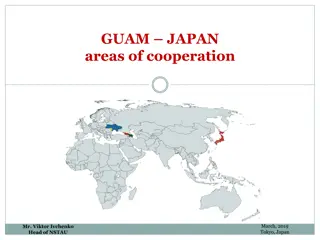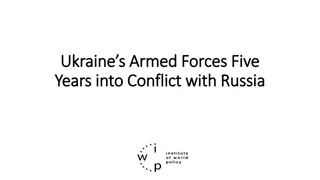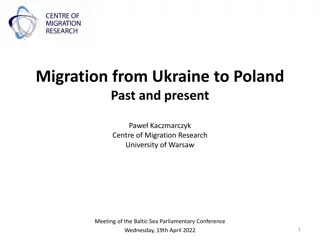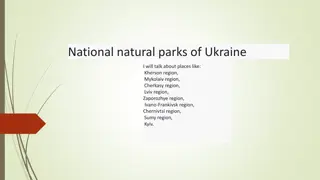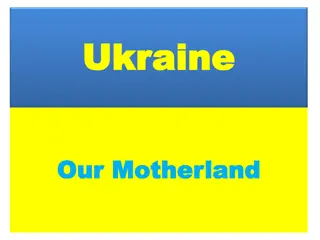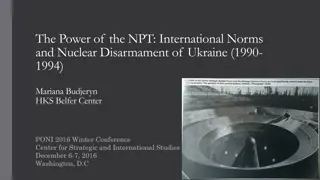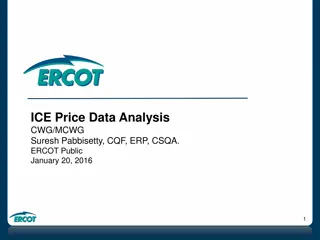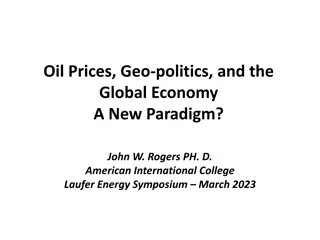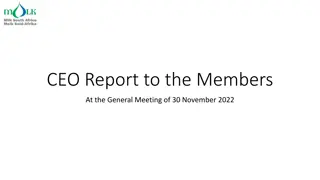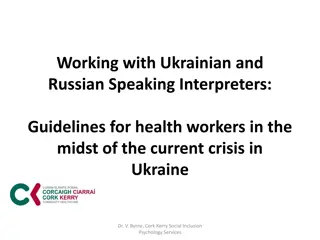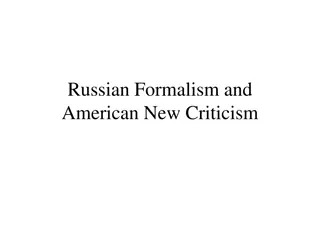Impact of Sanctions on Russian Online Prices Following Ukraine Invasion
The paper analyzes the impact of international economic sanctions on Russian online prices post the Ukraine invasion. Findings suggest significant differences in price dynamics, with sanctions potentially causing an average CPI increase of 11.7% in Russia. The study utilizes daily web-scraped data to assess the effect on various goods categories and explores forecasting methodologies. Various economic indicators and micro-level data are examined to understand the implications of the conflict on pricing.
Download Presentation

Please find below an Image/Link to download the presentation.
The content on the website is provided AS IS for your information and personal use only. It may not be sold, licensed, or shared on other websites without obtaining consent from the author. Download presentation by click this link. If you encounter any issues during the download, it is possible that the publisher has removed the file from their server.
E N D
Presentation Transcript
Sanctions and Russian Online Prices Sanctions and Russian Online Prices By J. Benchimol and L. Palumbo Discussion by O.Talavera 1
The paper is about 1. Analysis is based on daily web-scraped data which provides valuable high-frequency signals about macro-level indicators 2. Micro level data are aggregated to indices 3. Cointegration is checked using online-price index and official statistics 4. Forecasting/Structural Breaks/Causality to established the impact of the war and associated sanctions on both official and online prices in Russia for different categories of goods, both before and after (escalation of) the war. 2
Main Results There are significant differences in price dynamics following Russia s full scale invasion of Ukraine, which can be attributed to the international economic sanctions. Sanctions may have led to an average excess CPI level of 11.7% for Russia. 3
1. Positioning Sanctions, including sanctions against Russia, 2014 and 2022: Korhonen et al. (BOFIT WP 2018); Belin and Hanousek (JCE, 2021) Reliability of CPI/Macro measures/Nowcasting: Cavallo (JME, 2013); Faryna et al. (Visnyk NBU 2018); Martinez (JPE 2022). Supply driven shock/availability and price setting: Cavallo et al. (RIW, 2014); Nikolsko Rzhevskyy et al. (EI, 2023). 4
2. Reliability & Index Measures Are the data coming from Your House representative? Gorodnichenko and Talavera (2018) higher flexibility on online prices, lower menu cost, higher competition, etc. But what about own branded goods price setting? Sales? Bonus programs Aggregation Product replacement/life cycle Availability? Availability (stockouts) could be taken into analysis? Antoniades et al. (AER 2022) expenditure shares could be approximated using share of outlets selling an item. 5
Good characterist ics Price Availability in Number of shops 6
3. Approach: Why time series approach? I was looking for a microlevel analysis: e.g. DiD Prosecco vs champagne 7
Luxu Link Link 8
3. Approach: Why time series approach? I was looking for a microlevel analysis: e.g. DiD Prosecco vs champagne 9
4. Sanctions and Structural breaks Cavallo, A. and Zavaleta, G.G., 2023. Detecting Structural Breaks in Inflation Trends: A High- Frequency Approach. 10
Overall Great well-written paper with great data Many potential ways for extensions It would be a good idea to combine Time Series approaches with Panel Data setup. 11




